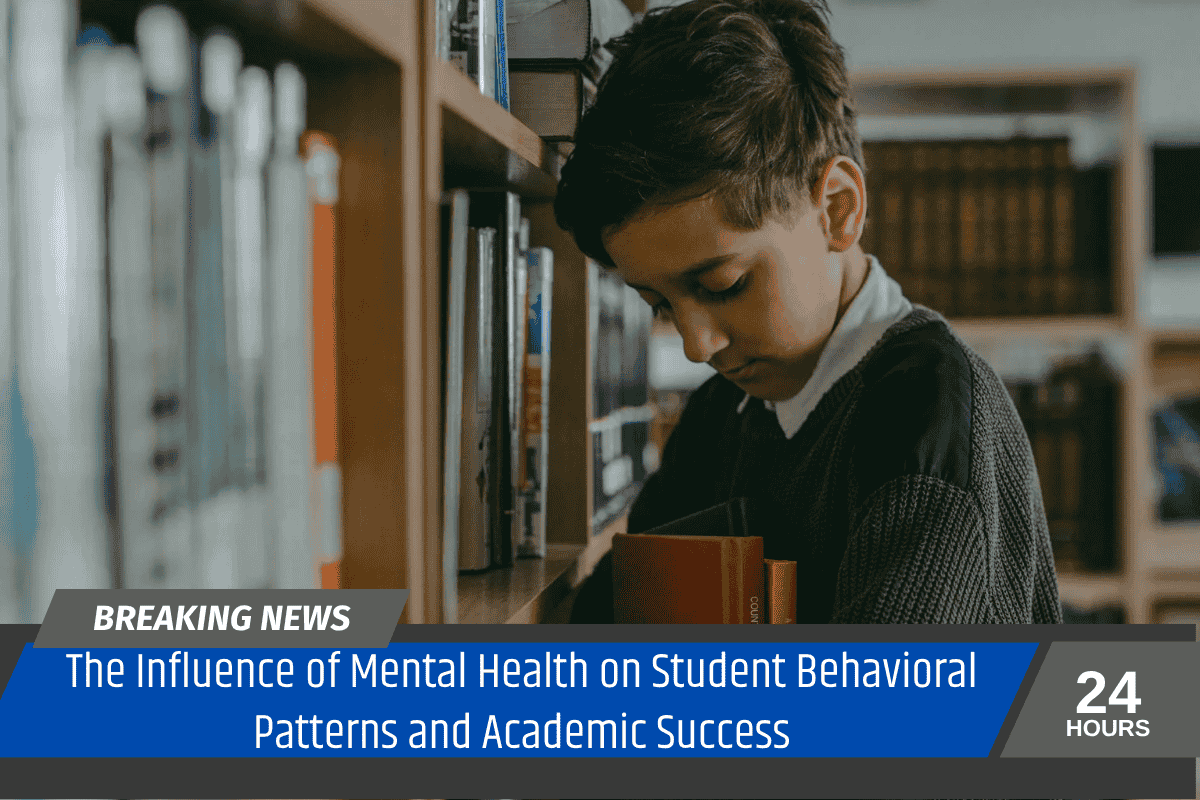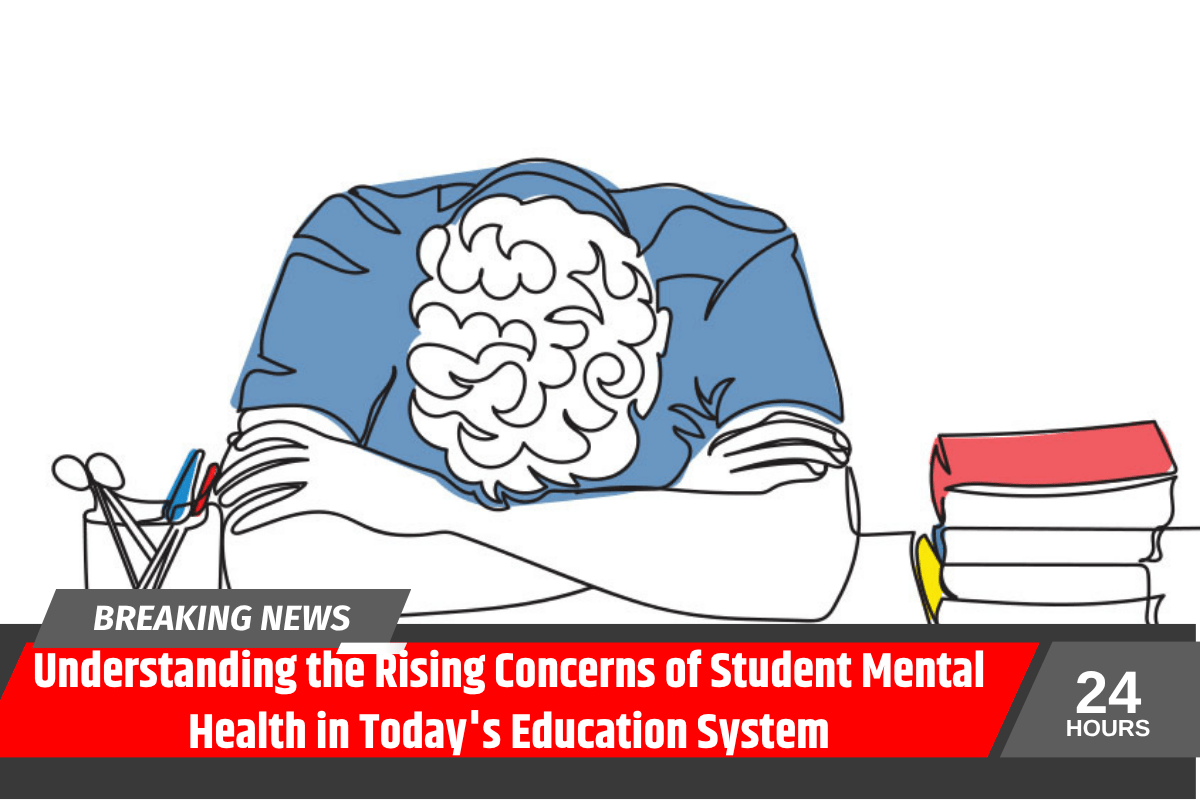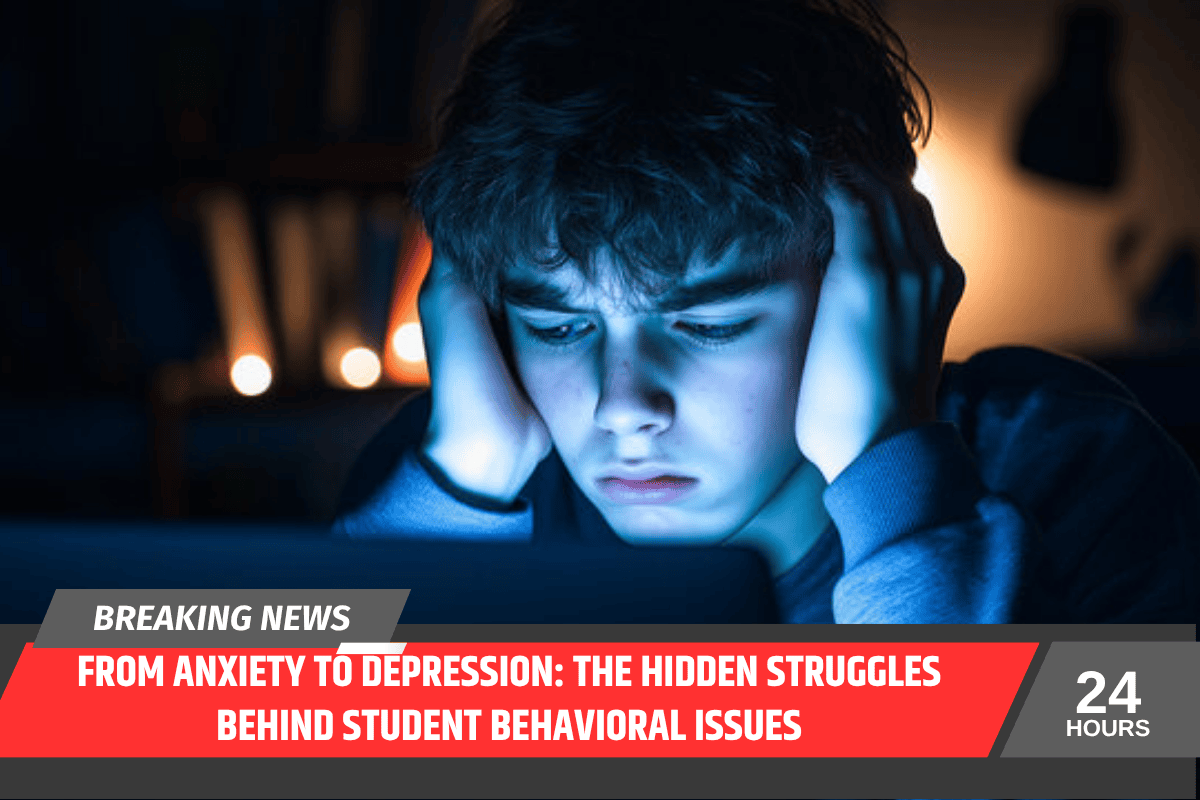In recent years, mental health struggles among students have become more prevalent, with an increasing number of young people experiencing anxiety, depression, and other mental health conditions. Whether they are in elementary school or college, students can face various stressors, both academic and personal, that can affect their mental well-being.
As educators, parents, and peers, it’s important to be aware of the behavioral warning signs that may indicate a student is struggling with their mental health. Identifying these signs early can help provide the necessary support and intervention before the issue worsens.
In this article, we will explore key behavioral warning signs of mental health struggles in students and what to watch for.
1. Sudden Decline in Academic Performance
One of the most noticeable behavioral changes in a student with mental health struggles is a sudden decline in academic performance. A student who was once engaged and performing well may begin to show a noticeable drop in grades, lack of interest in assignments, or a decline in participation.
This can be a sign of underlying anxiety, depression, or an inability to cope with stress. Mental health issues can make it difficult for students to concentrate, complete assignments, or engage in classroom activities.
2. Increased Absenteeism
Frequent absences from school or class can be a red flag for students dealing with mental health challenges. Students struggling with mental health may avoid school due to feelings of isolation, depression, or fear of social situations.
Anxiety, social anxiety, or feelings of hopelessness can contribute to an avoidance of the classroom, making it important for educators and parents to be vigilant when it comes to tracking attendance patterns.
3. Withdrawal from Social Activities
Another common behavioral sign of mental health struggles is withdrawal from social activities. Students who were once active participants in group activities, sports, or clubs may suddenly isolate themselves from their peers.
This may involve avoiding interactions with friends or showing a lack of interest in previously enjoyed activities. Isolation is a key symptom of depression and can also be a response to feelings of anxiety or fear of judgment from others.
4. Changes in Mood or Emotional Responses
Mood swings and extreme emotional responses can be indicative of mental health issues. Students experiencing mental health difficulties may display unusual irritability, sadness, or emotional outbursts.
They might also demonstrate feelings of worthlessness, hopelessness, or guilt that seem disproportionate to the situation. Such emotional fluctuations are often a sign of depression, anxiety, or emotional dysregulation.
5. Changes in Sleep Patterns
Sleep disturbances are common among students struggling with mental health problems. A student may experience insomnia, waking up frequently during the night, or sleeping too much.
These changes in sleep patterns can impact their ability to focus, participate in class, and perform academically. Lack of sleep can exacerbate feelings of anxiety or depression and contribute to the cycle of mental health decline.
6. Decline in Hygiene or Self-Care
Students dealing with mental health challenges may show a noticeable decline in personal hygiene and self-care. A lack of interest in grooming, wearing the same clothes repeatedly, or neglecting personal hygiene can be a sign of depression or a lack of motivation.
Students may feel emotionally exhausted or disconnected from their usual routines, which can manifest in these behavioral changes.
7. Physical Symptoms Without Clear Cause
Physical complaints without a clear medical cause can also be an indication of mental health struggles. For instance, a student may frequently complain of headaches, stomachaches, or other physical ailments, even though no underlying medical condition can be identified.
These physical symptoms often stem from anxiety or stress and may be a way for the student to express their emotional distress.
8. Increased Risk-Taking or Destructive Behavior
In some cases, students may engage in risky or destructive behaviors as a way of coping with mental health struggles. This can include substance abuse, self-harm, or reckless behavior. Risk-taking behaviors can be a sign that a student is trying to numb their emotional pain or escape from overwhelming feelings.
If a student exhibits signs of self-harm or reckless behavior, it is critical to intervene and provide appropriate support.
9. Difficulty Concentrating or Making Decisions
Students struggling with mental health issues may also experience difficulty concentrating or making decisions. Anxiety and depression can impair cognitive function, making it harder for students to focus on tasks or make choices.
This can lead to procrastination, indecision, and an overall lack of engagement in academic or personal activities.
10. Overreacting to Stress or Changes
Students with mental health struggles often overreact to stress or changes in their environment. Small challenges, like a change in routine, a new assignment, or an upcoming exam, may seem overwhelming and cause disproportionate anxiety.
If a student consistently seems to be unable to cope with stress or is visibly distressed by changes, this may be a sign of an underlying mental health issue.
Understanding the behavioral warning signs of mental health struggles in students is crucial in providing the support and resources they need to thrive. Early intervention can make a significant difference in a student’s ability to cope with mental health challenges and improve their well-being.
If you notice any of the above behavioral changes in a student, it is essential to approach them with empathy, offer support, and encourage them to seek professional help if necessary. By creating a safe and supportive environment, we can help students navigate their mental health challenges and set them on a path to recovery and success.






